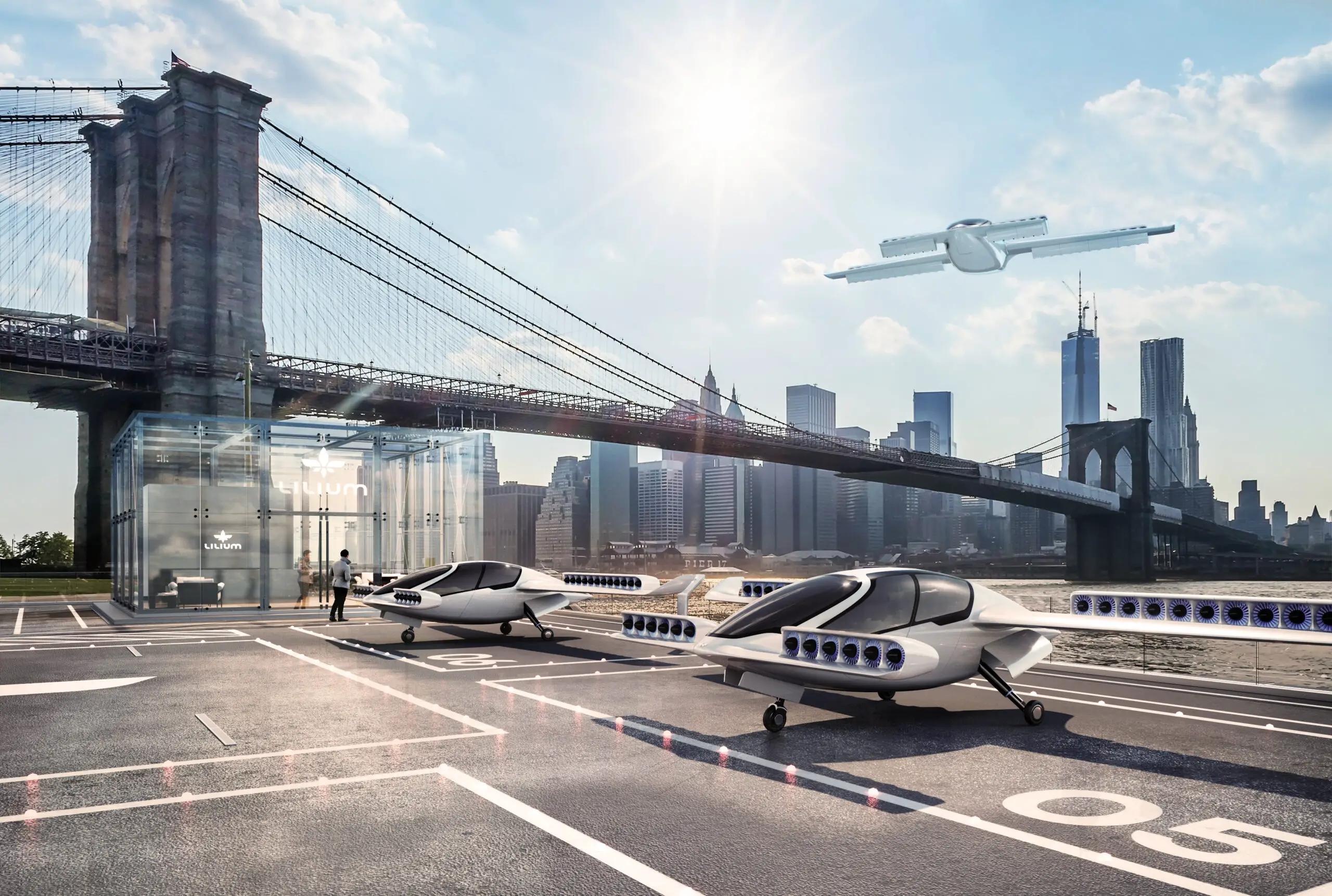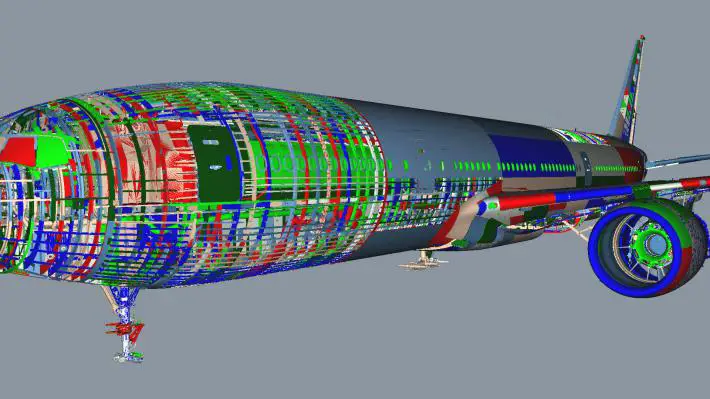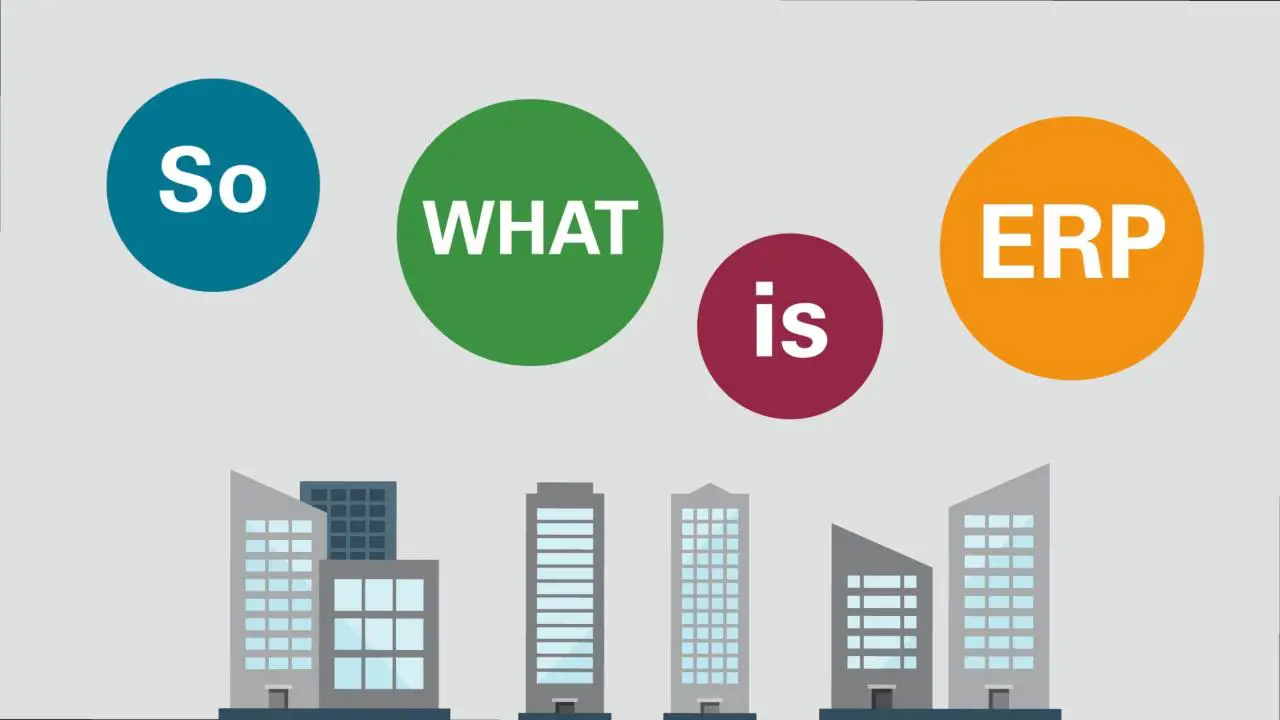Table of Contents
What does EVTOL stand for?
EVTOL means ELECTRIC VERTICAL TAKE OFF AND LANDING aircraft. This term recently became very popular but it can refers to “flying cars”, “air taxi” or “Passenger Air Vehicle (PAV)”.
What is an eVTOL aircraft?
An eVTOL is an aircraft that can take off, hover and land vertically thanks to an electric propulsion system. Few eVTOL are fully electric as some design use traditional combustion engine or fuel cell to generate the electric power needed. EVTOL became very popular because of the potential huge impact on our lifestyle that this innovation represent. The eVTOL technology is a solution to the urban air transportation need that have fascinated many consecutive generation. Associated with Autonomous navigation major breakthroughs, these two technologies intend to revolutionized the way we commute in urban area.
EVTOL power architecture
There are two main characteristic that we can use to categorize the different projects. The aircrafts power architecture and the aircraft type of design.
The eVTOL power architecture is defined by the type technology the aircraft is going to rely on in order to generate and distribute the power to the electric propulsion system. There are mainly two type of power architecture:
- Fully electric- the aircraft has a battery that power its propulsion system.
- Hybrid electric- the aircraft generate the power from a combustion engine or fuel cell and the propulsion is still electric.
Both architectures have different pros and cons depending of the need targeted to achieve.
If you wish to read more on this part, we recommend you to have a look at our article focusing on the More electrical Aircraft.
Fully electric versus Hybrid electric eVTOL
With the current technologies, an embedded battery is able to generate less energy than a tradition combustion engine. A currently flying and certified Aerospace battery has a Power weight ratio of approximately 60 – 80 Wh/Kg. A Tesla model S as a battery with a ratio of 157 Wh/Kg. New lithium ion technologies are forecasted to top at 200 Wh/Kg and future technologies such as solid state are expected to reach 400 Wh/Kg. As a comparison, a traditional aircraft engine as a ratio between 1000 – 2000 Wh/Kg depending on the design and a fuel cell has a ratio of 500 – 600 Wh/Kg. An Hybrid electric architecture will use a a combustion engine or fuel cell to generate electric power for the propulsion system. Having an all electric architecture is currently limiting in the term of range and performance compared to a hybrid electric architecture. Nevertheless, all electric eVTOL have the advantages to allow smaller aircraft design, to create quieter aircrafts (important in urban area), to provide multiple redundancy in design with several batteries, to be a more simple engineering technology and to be more cost effective. Hybrid electric architecture has a proven design that is more complex but the performance gain allow the aircraft to be deployed on longer routes.
All electric technology is targeted to be used for intra city transportation whereas Hybrid electric could be use on longer routes such as city to airports.
EVTOL aircraft design
The second parameter that we can use to categorize the eVTOL is the aircraft design. This design choice has a significative influence in the performance of the aircraft and its mission profile. There are 3 different type of design choice:
- The Multi rotor design
- The lift and cruise design
- The Tilt rotor design

EHang Multi rotor design

Boeing Aurora Lift and Cruise design

As we already discussed in our comparative analysis of the main eVTOL projects, each design have different advantages and market availabilities. The multi rotor design is the most simple design that have the limitation of not benefiting from the aircraft aerodynamic in its mission. This result in a reduced range compared to other solutions like the lift and cruise and the tilt rotor designs. The tilt rotor design is the most optimized design as the aircraft benefit from its aerodynamic to fly to its destination and it doesn’t have different propulsion systems for its lift and flying phase. Each electric motors are used in full power during the lifting phase and the power is reduced when the motors tilt to cruise mode. The lift and cruise design use separated motors for both phases.
EVTOL range?
Depending of the design and power architecture choice, each eVTOL will have very different range.
A all electric eVTOL with a Multirotor design such as Volocopter or eHang have an announced range of 70km to 120km. This range fully match the intra city transportation need.
An all electric eVTOL with a tilt lift design such as ilium or job aviation have an announced range of approximately 250 to 300 Km. This range will allow theses aircrafts to realize intra city routes but it will allow them to reach further destination outside the city.
Hybrid eVTOL aircraft have generally a slightly better range depending on their design and size. For example the XTI Trifan has a range announced of 900Km but the aircraft target luxury point to point transportation.
EVTOL Noise:
Noise is an important element to take into consideration as it is a major complain on today’s aircrafts activity (commercial flight and helicopters around worldwide cities). Uber announced at the elevate summit that significant improvement in noice reduction technology has to be realize in order to get the population acceptance.
Best eVTOL aircrafts in development
Here are few of the main aircraft that we think to be be the more advanced and are worse to follow. The complete list is available in our comparison analysis.






Best eVTOL market reports
If you wish to learn more on the topic, there are few marketing reports that you can buy . Theses reports contain full segmentation, market size, market growth and overall forecast. Here is a non exhaustive list of great reports.
Market and Market – eVTOL market report




